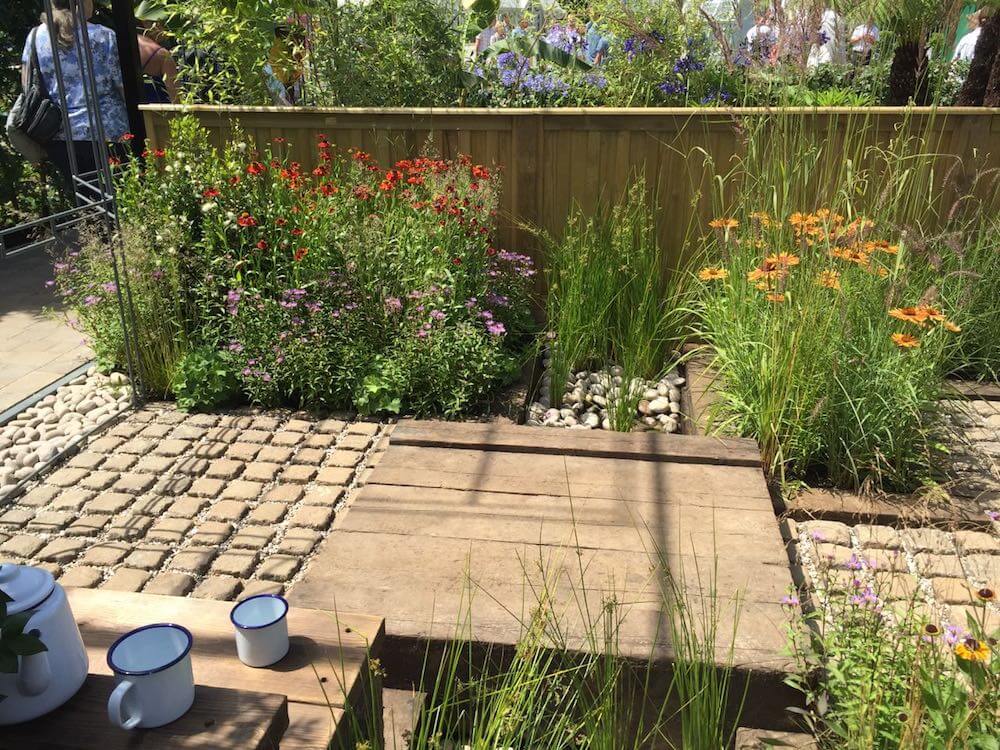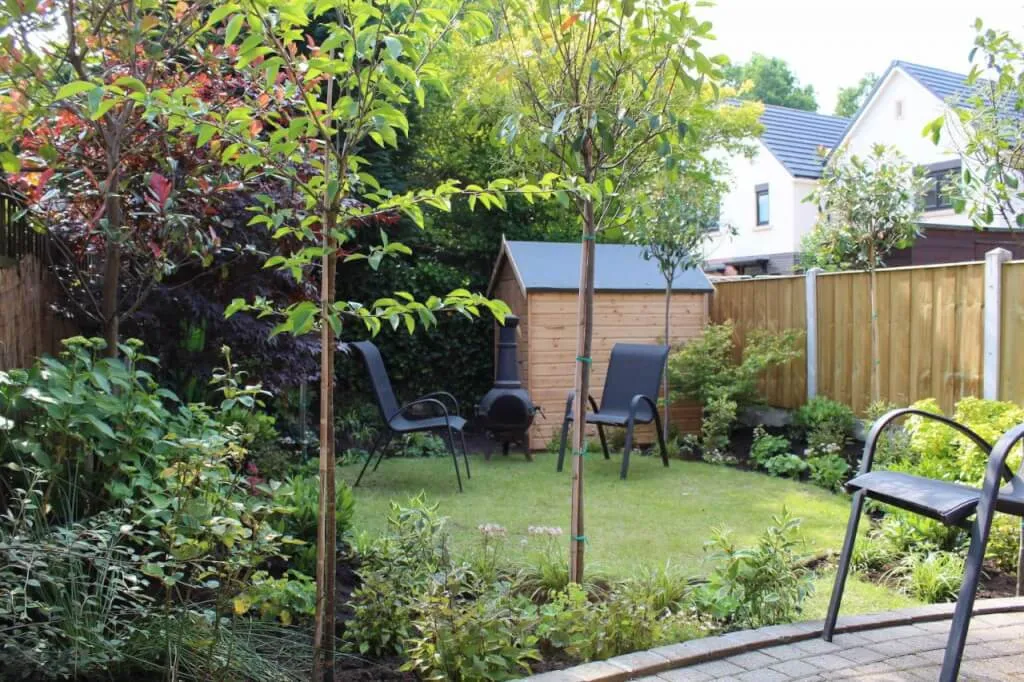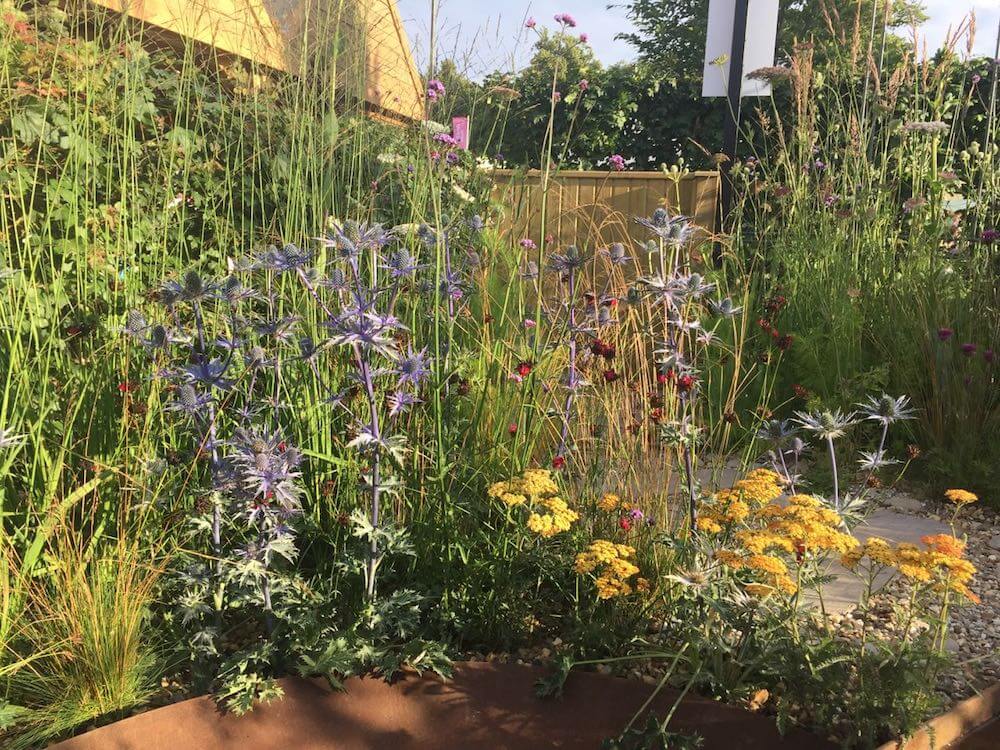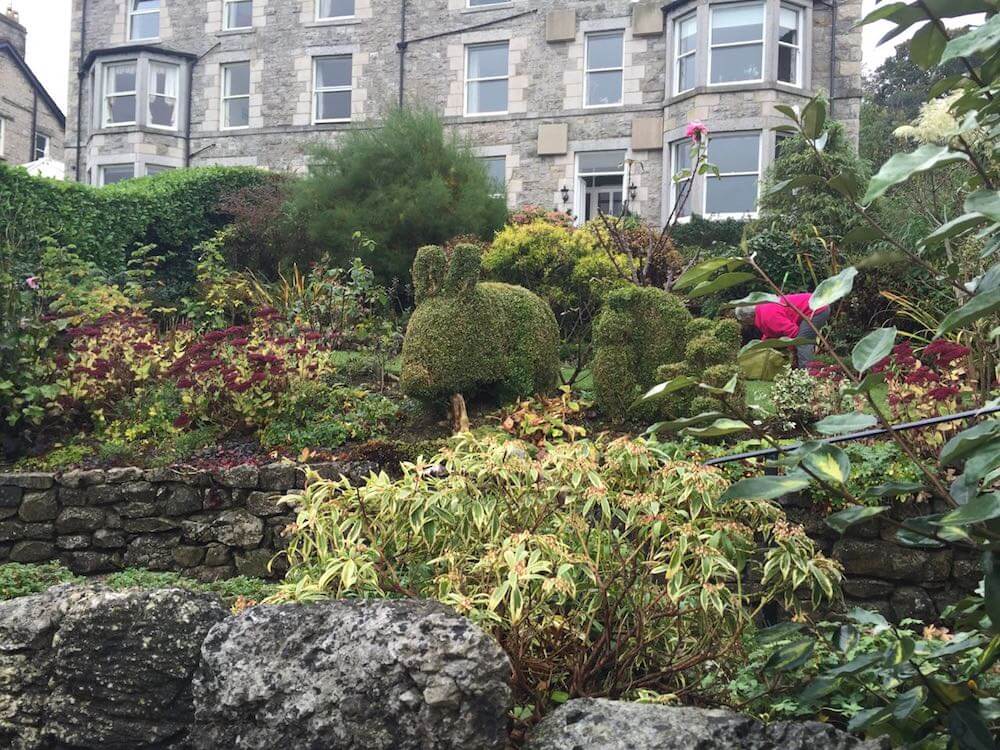What is an Informal garden?
 Lee Burkhill: Award Winning Designer & BBC 1's Garden Rescue Presenters Official Blog
Lee Burkhill: Award Winning Designer & BBC 1's Garden Rescue Presenters Official Blog

Informal Gardens are probably the most common garden style. An informal garden is less restrictive than, say a formal garden in its design symmetry. Informal gardening can free you from restrictions such as having any detailed horticultural or design knowledge.
Thus allowing you to 'have a go' at gardening when you first start out, which is exactly what you should be doing, and I wholeheartedly support gardeners getting started with any form of gardening. Let's delve into informal garden design styles.
Informal gardens are fantastic for beginners as they allow the most variety and freedom when it comes to desgning a successful garden. Informal styles allow you to see what shapes and forms you like, develop planting schemes, seeing what works and what doesn't without too many rules. An informal garden should be relaxed and free-form.
Some claim informal garden design provides more freedom for boundaries and allows planting to provide the structure rather than hard landscaping. They can also be thought of as 'more natural' looking.
However, an informal garden design is not to be mistaken for disjointed gardens, borders that are pieced together slapdash or features that appear completely at random in gardens. These are issues we aim to avoid as garden designers. Often iterating that informal does not mean lazy!
The informal garden design takes just as much time and consideration as a formal garden in its planning. It's about planning, cohesion, balance, scale, proportion and the right plants and features in the correct place. It's effortless-looking but carefully executed.

When looking at the UK's neighbouring gardens, you may recognise informal garden designs quite easily. Informal simply means that the garden follows much looser lines, and curves and usually takes its design from the lay of the land.
You may follow the curves of your land boundary, driveway, house walls, a stream, set of trees or where the sun casts its warming rays. You may see mixed borders with drifts of beautiful plants, maybe grasses that are left to set seed and dry out over the winter. A far cry from the order and razor precision of a formal garden.
Informal gardens break free from the rules of formal gardens and allow a diverse style to explode. The sky is the limit!
When it comes to creating an informal garden some conditions will help you achieve that light and carefree garden style.

There are plenty of examples of informal gardens that you can visit to truly get a feel for how they look. Informal doesn't mean haphazard or messy. Have a look at the 10 famous informal gardens below whether in person or on Google to get a good idea of this design style.
Informal gardens would appeal to people less concerned with control and more in tune with letting nature find its own way. Informal garden styles such as the cottage garden or, say meadow planting will allow plants to mingle and grow together. Informal gardens are relaxed, naturalistic and more mellow than their structured formal garden counterparts!
Whilst shapes may be used, they are not necessarily symmetrical or balanced on any axis, i.e. formal gardens sometimes could be folded in half and matched up.
Did you know that you can take my course and learn how to become a Garden Ninja yourself? Click here for details
informal gardens are more relaxed and less intentional at first glance. This, however, does not make them easier to plan or maintain! Here are some general assumptions that may suggest a more informal style is for you.
Water features are common in informal gardens, especially natural or wildlife ponds. Using soft curves and natural materials, a natural water feature can become the garden's focal point. Attracting wildlife and visitors alike.
However, a badly finished or awkwardly edged informal pond can look disastrous and make your natural garden look awkward and man-made. Below is a video of getting the perfect natural finish when fitting a pond or water feature in your informal garden.
Informal gardens offer a more relaxed and naturalistic approach to landscaping, but they also come with their own set of advantages and disadvantages:
Informal gardens offer a beautiful and harmonious alternative to formal designs, emphasizing the beauty of nature and providing a habitat for wildlife. However, they require thoughtful planning and management to maintain their natural charm while minimizing potential drawbacks.
Just like any garden, the maintenance depends on the plants and design. If you are looking for a cottage garden full of summer blooms, then yes, there will be a high level of maintenance to deadhead and propagate seed flowers ready for the summer.
However, an informal garden with areas of slow-growing evergreens and shrubs can be relatively maintenance-free. I usually plan informal gardens to be a mix of year-round colour with minimal pruning.

The risk with an informal garden that is improperly planned is that the 'pick and mix' planting usually seen when people add little by little to their garden is that the plants all flower at different times, and you end up in a constant cycle of maintenance. It is important to ensure in an informal garden that the ultimate height and growing speed are carefully considered.
What may start out as a delightful small perennial may suddenly take over a small border! A garden design that's carefully considered avoids this pick-and-mix garden giving it a year-round structure which is suited to your level of involvement!
Planning your garden in advance not only saves time but money at the nursery or garden centre when choosing your plants. It stops you from making impulse purchases that don't fit your planting scheme or stand out for all the wrong reasons.
This is also sometimes the undoing of a garden; without structure, intention and planning, an informal garden can become a catch-all term for 'free for all' or 'messy garden'.
I knew a neighbour once who used to wax lyrical about their 'informal country cottage style' garden. Upon friendly inspection, there was a mix of dried annuals from last year, perennial weeds, pick-and-mix shrubs and an oddly shaped border. Now, this may be the look you are going for. The chances are it's not.

The above garden is a good example of a slightly confused informal garden. You have a mix of perennial shrubs, hedging, and then some brilliant but bonkers clipped box animals in the centre. Don't get me wrong it's fun, but it's not necessarily cohesive.
If you want an informal natural look, there are plenty of ways you can achieve a real wow factor without the chaos of the previous example. Looking to nature to see how plants propagate or blend in the wild is usually a great place for a meadow or prairie border. As a final thought, the video below shows how a formal structure such as a circular lawn can be paired up with a relaxed informal planting scheme on the Overlooked back garden.
Fancy having your own informal garden? Get in touch with Garden Ninja over my garden design services.
Why not Tweet, Facebook or Instagram me with your pictures? You can also follow me on Youtube where I’ve got plenty of garden guide vlogs.









JOIN THE NINJAS
Join our Ninja community for extra guides & Discount Codes for Online Garden Courses!
This a powerful piece. Thank you so much. I am a Landscape designer too.